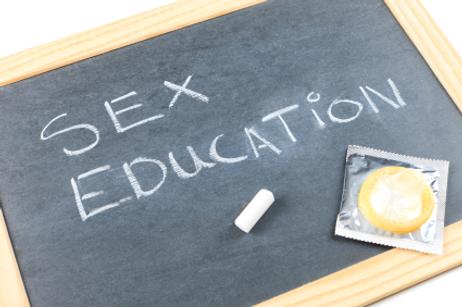It has been nearly two decades since sex education was a requirement in New York City schools. However, an alarming rise in teen pregnancy rates throughout the city has prompted the Bloomberg administration to mandate sex-ed classes in the city school district once again. As schools across New York get ready to deliver the new curriculum to students, many parents and taxpayers are up in arms about the idea of forced sex education for middle and high schoolers.
This video reports on sex-education in New York City schools.
Why Sex Ed?
The Huffington Post reports statistics from the Department of Health that show 83 out of every 1,000 New York City teens become pregnant. This is much higher than the national average of 72 out of every 1,000 teen girls. The figures come from a 2011 study conducted by the Guttmacher Institute. The institute also found that other developed nations around the globe had even lower rates of teen pregnancy, with 31 per 1,000 girls in Sweden and 28 per 1,000 teens in Canada.
“We have students who are having sex before the age of 13; students who have had multiple sexual partners, and students who aren’t protecting themselves against sexually transmitted diseases and HIV/AIDS,” New York City School’s Chancellor Dennis M. Walcott told ABC News. “I believe the school system has an important role to play with regard


















